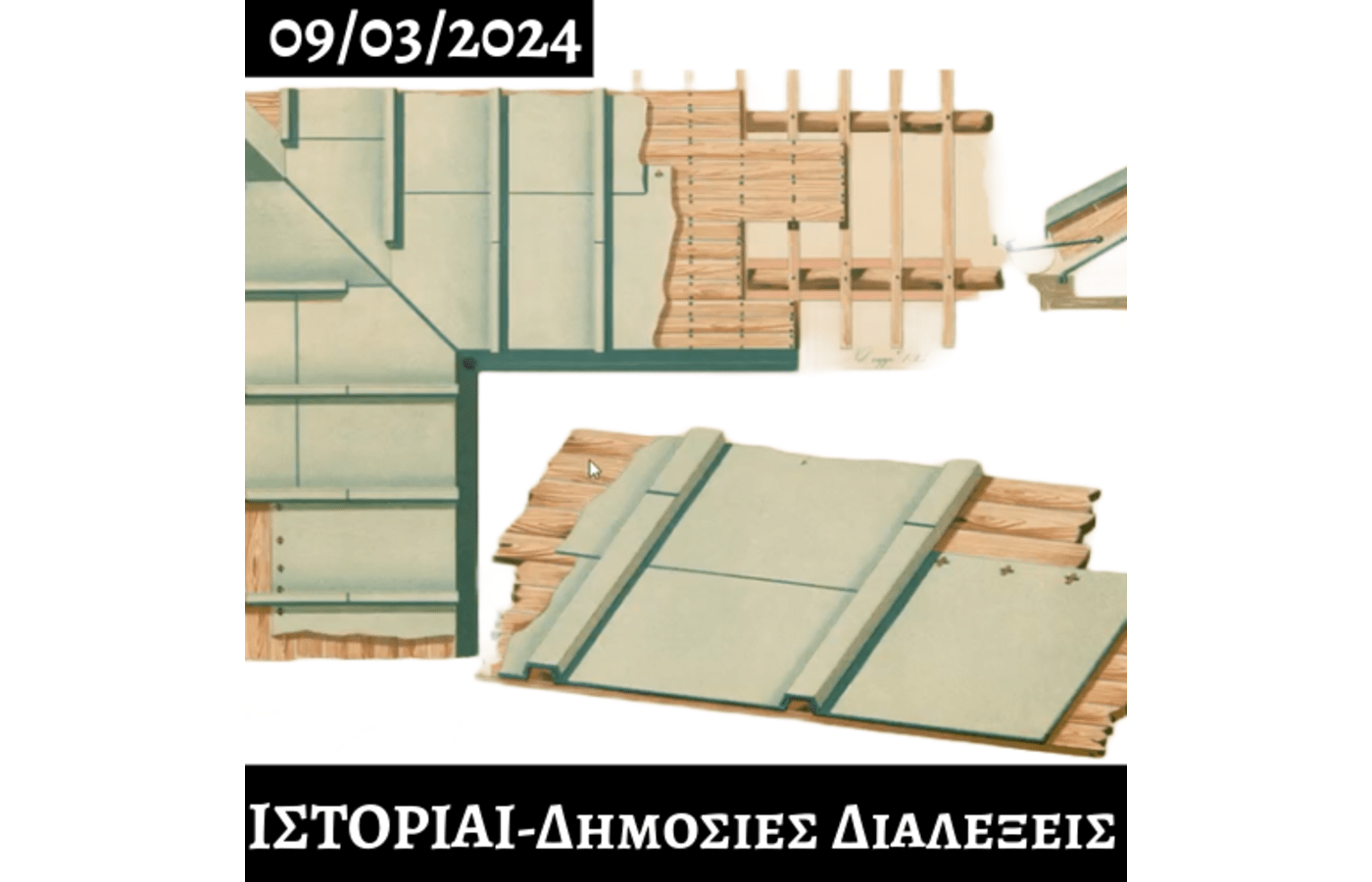Restoration of built heritage can serve not only to preserve historical documents of the past but also to provide models for new sustainable architecture. Vernacular and, more generally, historic architecture is by its natures sustainabile and resilient. It is largely the result of experience and acquired knowledge, and shows how local resources can be used in a thoughtful and rational way in new construction. For this reason, it can inspire low-energy solutions necessary to address the current climate crisis. Conservation projects, in their turn, allow us to analyze the fabric of historic buildings, to understand which materials were used, how they were transformed and assembled, and how they offered the best response to the needs of use and resistance to the elements and natural hazards. In this paper, conservation of traditionally-built architecture and new sustainable architecture are discussed as two partners pursuing the common goal of reducing the effects of climate change. The author investigates the way conservation and analysis of historic buildings allows us to interpret the complex and articulated reality of regional architecture. By retrieving the analysis of historic construction as a fundamental component for understanding architecture and adopting manual graphic records as a tool for expressing the complexity of the fabric of a building, it is possible to identify local building traditions and inspire new sustainable architecture.
ΙΣΤΟΡΙΑΙ-Δημόσιες Διαδικτυακές Διαλέξεις MA Ελληνικές Σπουδές (18 Μήνες/90 ECTS, Εξ Αποστάσεως): Ιστορία – https://euc.ac.cy/el/programs/master-… MA Ελληνικές Σπουδές (18 Μήνες/90 ECTS, Εξ Αποστάσεως): Αρχαιολογία και Τέχνη – https://euc.ac.cy/el/programs/master-… MA Ελληνικές Σπουδές (18 Μήνες/90 ECTS, Εξ Αποστάσεως): Πολιτιστική Διαχείριση – https://euc.ac.cy/el/programs/master-…

